The Ultimate Guide to Cloud Native Development:
Home >> Insights >> The Ultimate Guide to Cloud Native Development:
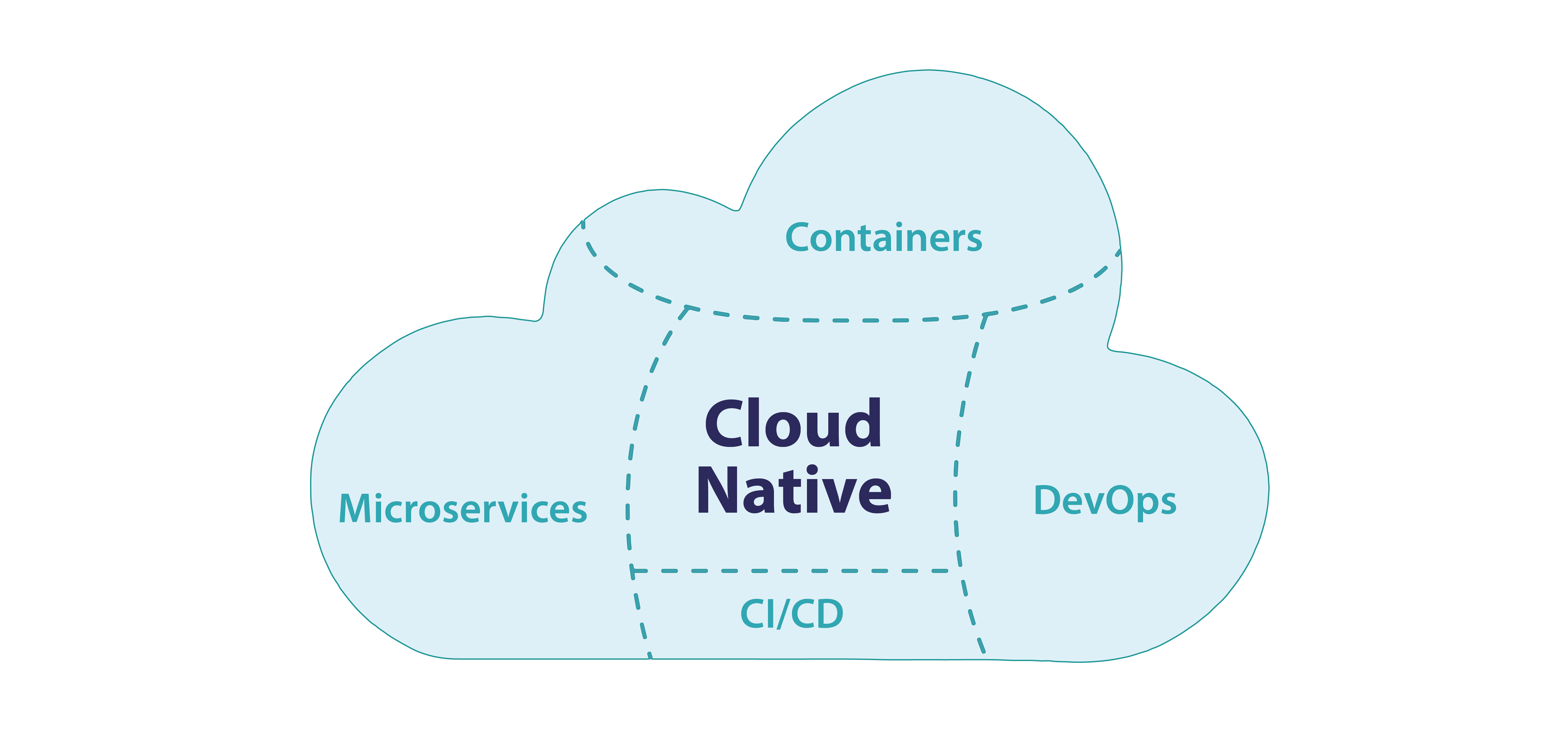
In the dynamic realm of IT, where innovation is the lifeblood and adaptability reigns supreme, Cloud Native Development emerges as a pivotal force. Picture this: a realm where applications seamlessly dance across the cloud, optimized for scalability, resilience, and rapid deployment. Intrigued? You're about to embark on a journey through the intricacies of Cloud Native Development – a journey that promises a paradigm shift in how we conceive, build, and deploy applications.
Inventory management is the silent conductor ensuring the right products are in the right place at the right time. From raw materials to finished products, it's a delicate balance. The goal? Having a pulse on inventory visibility, fostering timely deliveries, reducing turnaround times, and preventing stockouts and markdowns.
But first, what is Cloud Native Development? Well, it's all about building and deploying applications in the cloud environment. Gone are the days of traditional monolithic applications. We now embrace a modular approach with microservices, enabling scalability and flexibility like never before. Now, why should we bother with Cloud Native Development, you ask? Ah, the benefits are aplenty! With this approach, we can achieve faster time-to-market, increased developer productivity, and improved efficiency. Not to mention the cost savings on infrastructure and maintenance. Who doesn't love saving money, right?
But hold on, my friends, Cloud Native Development comes with its own set of principles. These guiding lights help us navigate the cloud-native landscape. We strive for loose coupling and fault tolerance, ensuring that our applications are resilient to failures. Additionally, we embrace automation and continuous delivery, because let's face it, who has time for manual processes? It's all about speed and agility in the Cloud Native world.
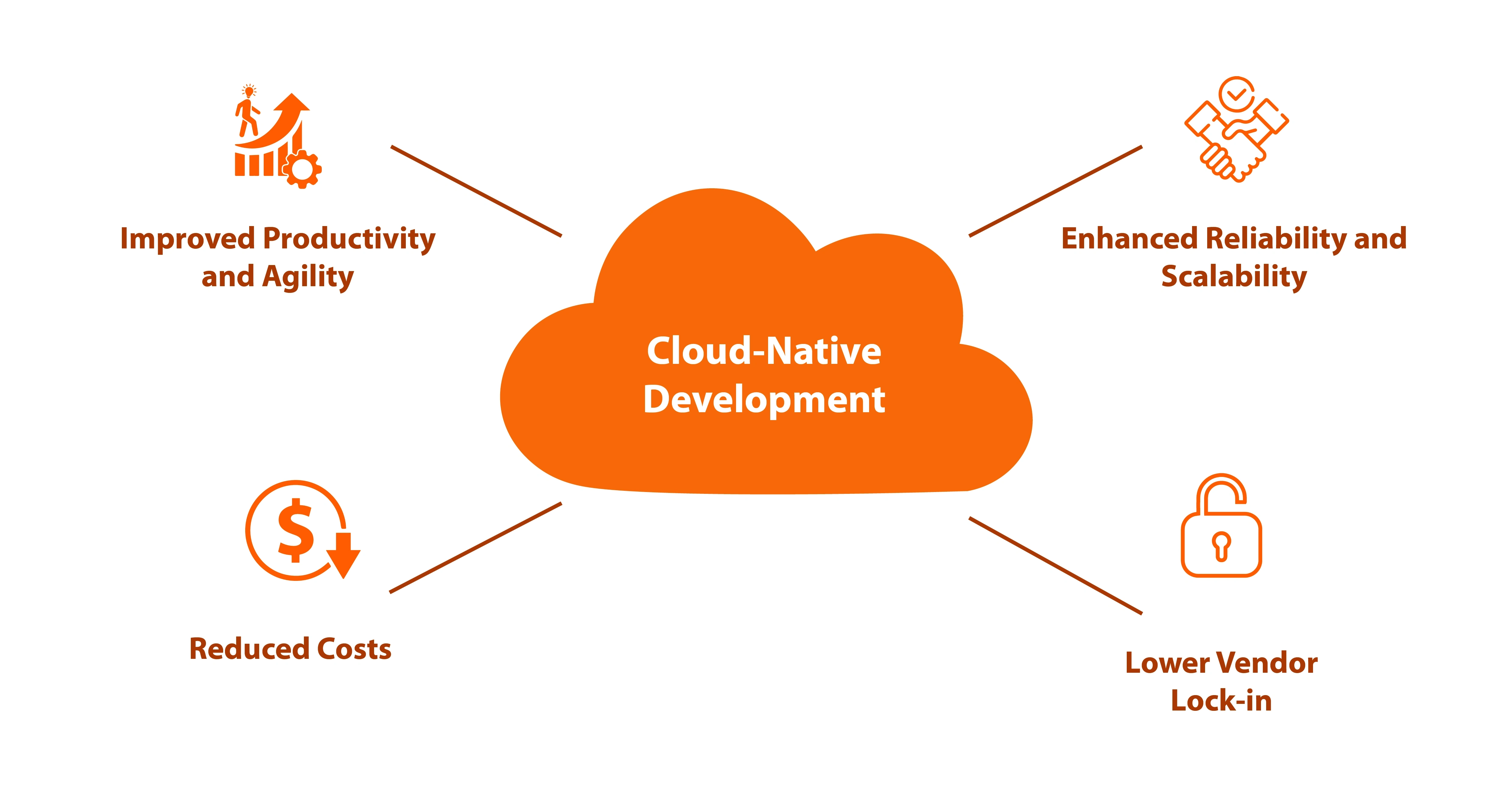
In the realm of Cloud Native Development, speed is the name of the game. With DevOps and GitOps leading the charge, development teams orchestrate a symphony of automation, delivering new ideas to production within minutes. The result? Unparalleled competitiveness and innovation.
Enterprises revel in the on-demand prowess of cloud bursting. It's not just about scaling; it's about scaling intelligently. Cloud-native applications flex their muscles, offering extreme uptime guarantees and a failover mechanism that's as swift as thought.
Cloud Native is a financial maestro, transforming the spending landscape from CAPEX to OPEX. Pay-per-use models reign supreme, channeling resources into development rather than the entire infrastructure.
Escape the shackles of vendor lock-in. Cloud Native applications are portable, wielding multi-cloud compatibility to defy predatory vendor pricing.
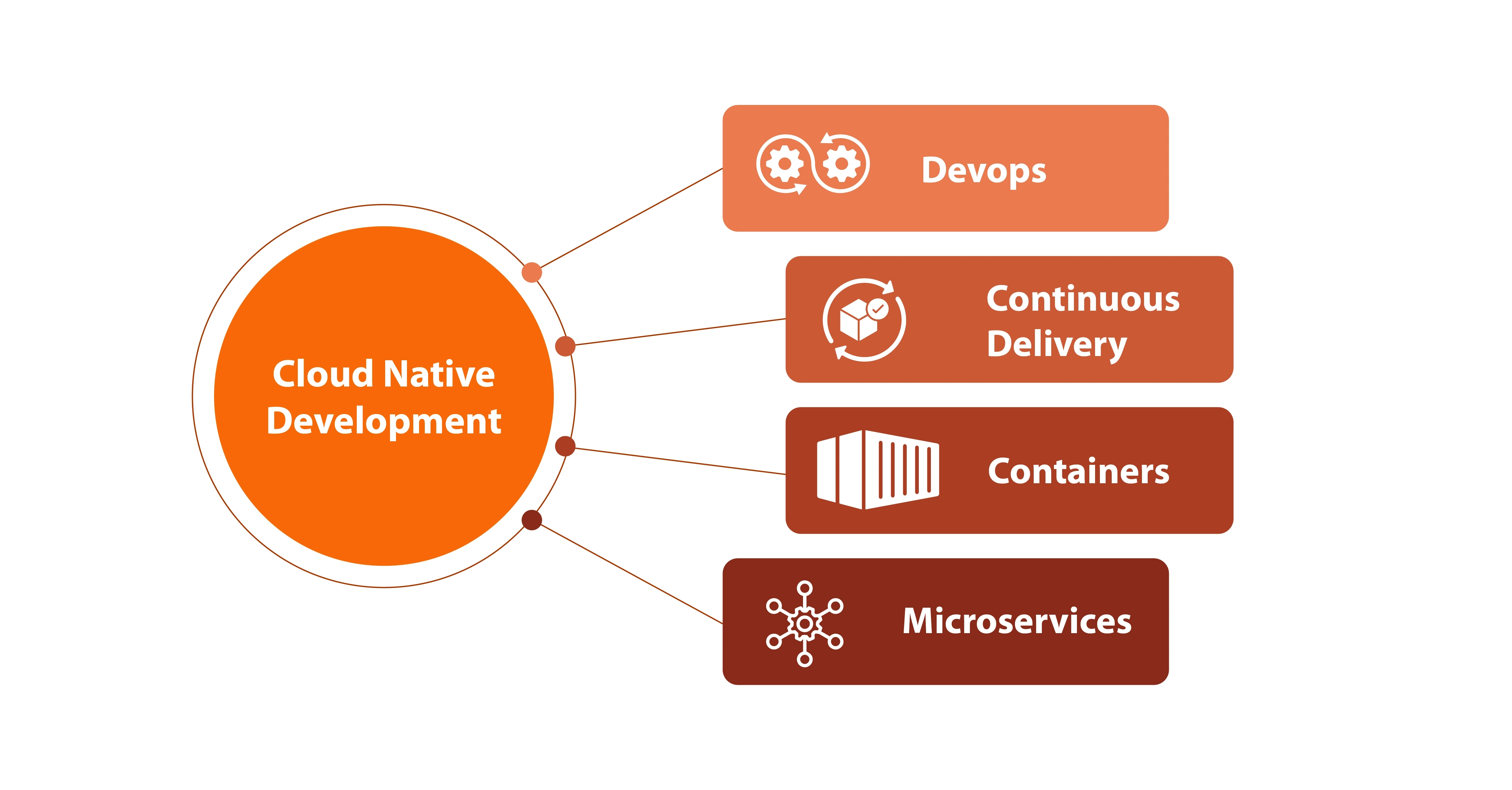
Beyond architecture, Cloud Native demands a rethink in team dynamics. DevOps emerges as the linchpin, forging a collaborative workflow that accelerates software development and delivery.
Continuous Integration and Continuous Deployment – the heartbeat of Cloud Native Development. A collaborative, automated pipeline where code undergoes the crucible of testing and deployment, ensuring reliability and speed.
Containers encapsulate the magic. These neat packages of code and dependencies transform applications into nimble entities, effortlessly traversing diverse computing environments.
Meet the building blocks of Cloud Native applications – microservices. Independent, communicative, and resilient, these microservices dance to the tune of a microservices architecture, facilitating quick updates without disrupting the entire system.
Common Challenges in Cloud Native Development
Cloud Native Development isn't without its hurdles. Complex architectures, the need for consistent innovation, and the specter of service provider lock-in pose challenges.
Cloud-native apps have a complex architecture and need to be managed in order to scale efficiently.
To innovate, enterprises must be willing to consistently accept change, learn from failure, and adapt over time. This will allow businesses to accelerate the pace of change and their release cycle..
Cloud-native technologies need constant innovation. If you fail to innovate, then the effort required to upgrade will grow exponentially over time. Staying on top of new opportunities is essential to getting the most from your cloud-native approach.
Service provider lock-in in cloud-native often restricts growth. Cloud-native development is all about taking advantage of hyper-scale cloud providers without locking in on cloud vendors.
In the tech sector, a lack of technical expertise is a major challenge, and when it comes to cloud-native development, it’s difficult to hire and retain top talent.
Microservices consist of many moving parts, and with many moving parts working simultaneously, security becomes a major concern. Organizations can make use of DevSecOps to integrate security into the DevOps pipeline and at the development stage.
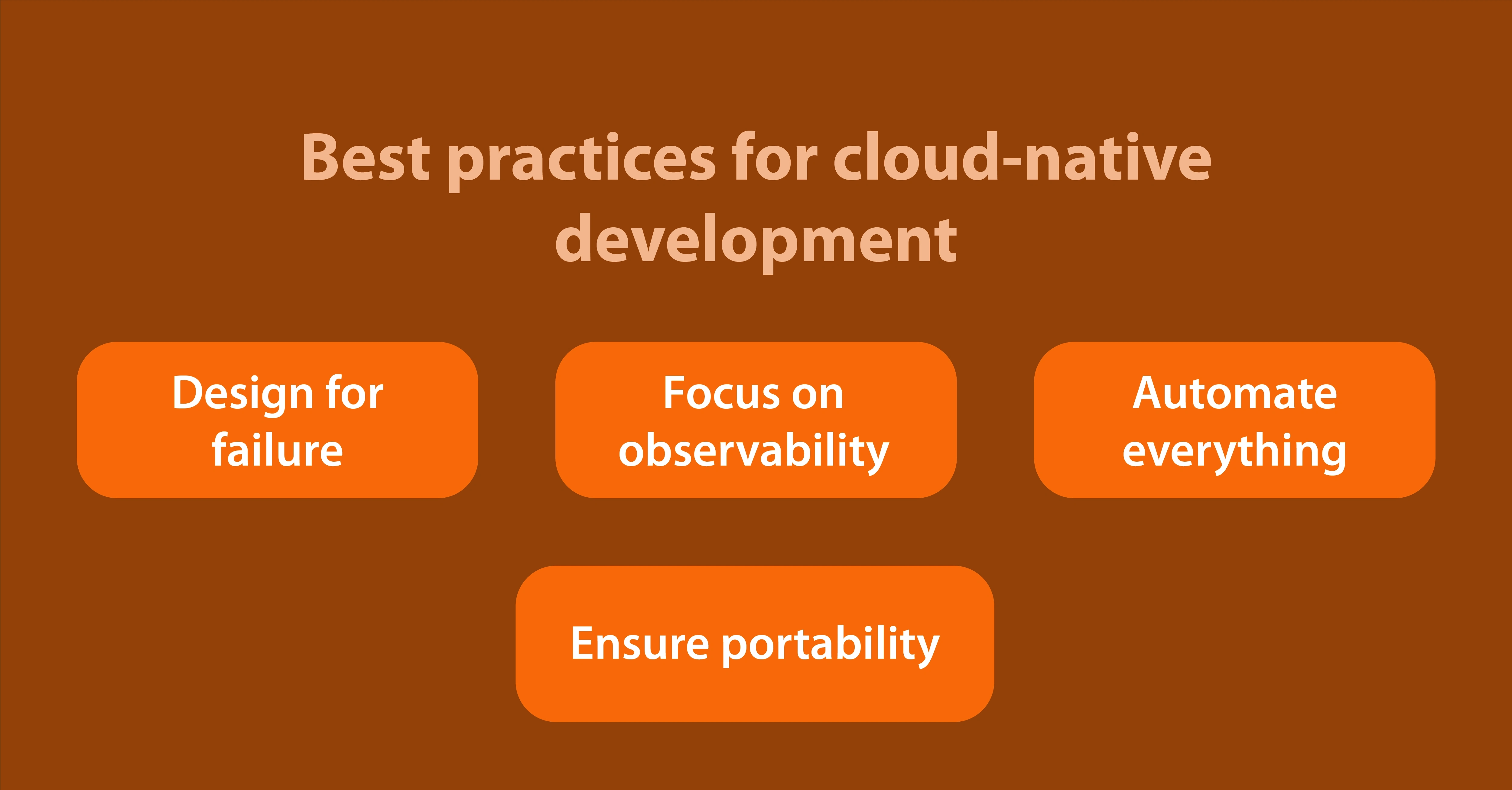
Cloud-native development is a complex process that leverages multiple technologies to build scalable, portable, and resilient applications. To ensure success, developers must follow best practices that minimize the chances of failure and streamline the deployment process. Here are some of the key best practices in cloud-native development that should be followed:
In a cloud-native environment, failure is expected. Services can break, and systems can go down. Therefore, applications must be designed to handle failures gracefully. Developers should create fault-tolerant systems that can still operate in a degraded state, isolate failures to avoid cascading effects and implement self-healing mechanisms that automatically recover from outages.
Observability is crucial for cloud-native applications. Developers need to monitor the application's performance, gather metrics, and trace requests to identify bottlenecks and hotspots. Proper observability allows developers to quickly diagnose and fix issues, optimize system performance, and measure the impact of changes on the system's behavior.
Automation is key to streamlining cloud-native development. Developers should automate as much of the development pipeline as possible, including testing, building, deploying, scaling, and monitoring. By automating these processes, developers can reduce the risk of human error, improve efficiency, and increase the speed of deployment.
Applications built in a cloud-native environment should be portable across different platforms, clouds, and even data centers. To achieve this, developers need to create applications that are agnostic to the underlying infrastructure, use standard APIs, and follow best practices to avoid vendor lock-in. This ensures that the application can be deployed and scaled quickly and easily, regardless of the environment.
In conclusion, by following these best practices, developers can build more robust, scalable, and resilient applications that are easier to maintain and deploy. These best practices are not comprehensive, as cloud-native development is a fast-evolving field with new technologies and methodologies being introduced constantly. However, by adhering to these guiding principles, developers can stay ahead of the game and create applications that meet the demands of a modern, cloud-native world.
An open-source platform for creating, deploying, and managing virtualized application containers using a common operating system (OS) .
A popular container orchestration platform that automates deployment, scaling, and management of containerized applications.
A continuous integration and continuous delivery platform that supports the automation of software development processes.
A CI/CD service that allows for the automation of software workflow.
An infrastructure as code tool that enables the provisioning and management of cloud infrastructure.
Containerization tools that provide alternatives to Docker for managing containers.
An infrastructure as code tool that allows for the creation, deployment, and management of cloud infrastructure using familiar programming languages.
A package manager for Kubernetes that streamlines the installation and management of applications on Kubernetes.
An open-source monitoring and alerting toolkit designed for containerized and cloud-native applications.
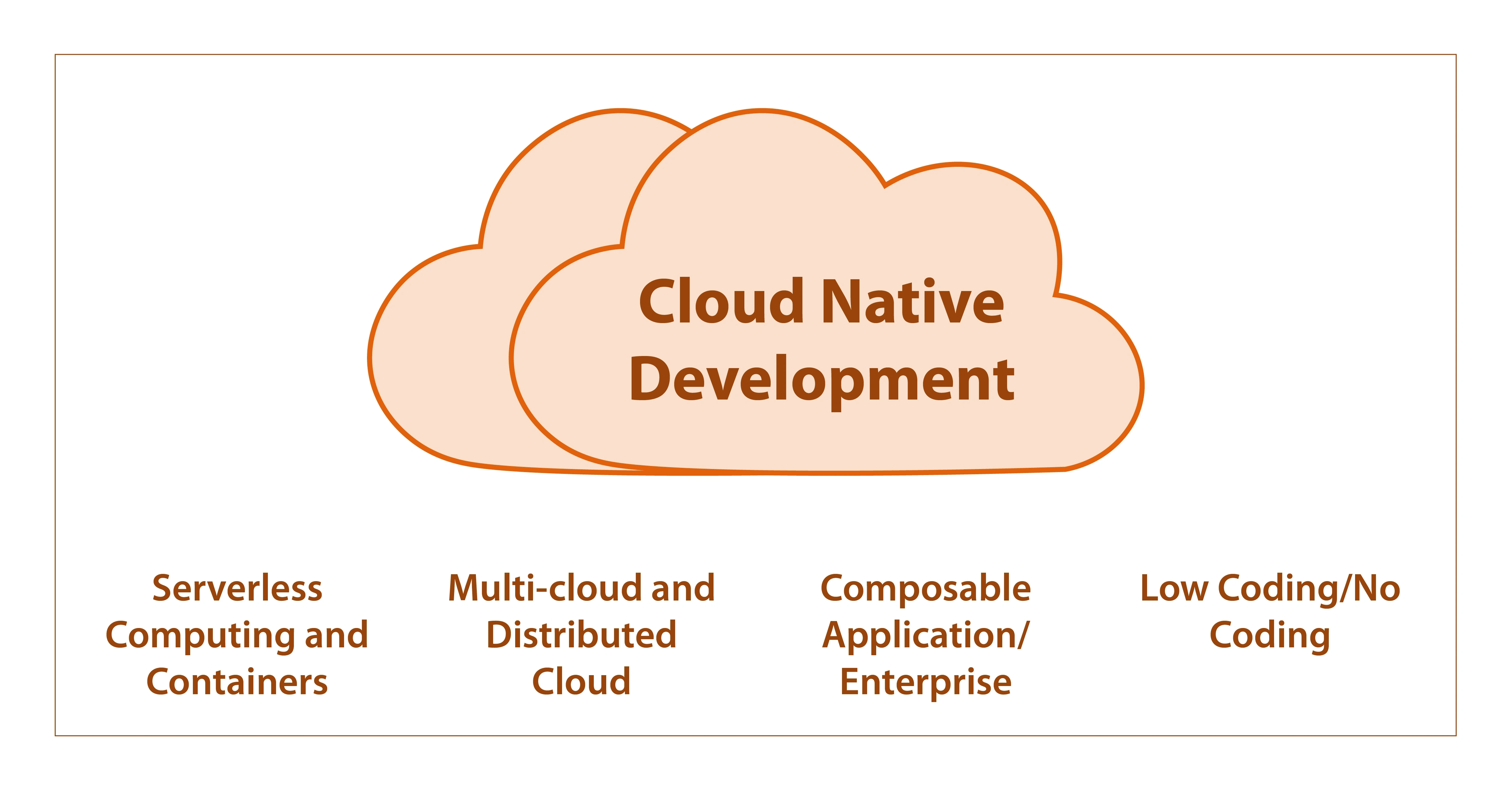
As the curtains rise on the future of Cloud Native Development, Gartner's insights spotlight critical trends. From the ascent of serverless computing and containers to the orchestration prowess of Kubernetes, the landscape is evolving.
Gartner heralds the rise of serverless computing, particularly Function as a Service (FaaS). Containers amplify this trend, providing scalable solutions for variable workloads.
Flexibility takes center stage with the adoption of multi-cloud and distributed cloud architectures. Organizations wield the power to cherry-pick infrastructure, balancing performance and compliance.
Gartner's vision of the future calls for breaking down rigid organizational silos. Composable applications/enterprise emerges, allowing companies to generate and discard features as per dynamic organizational needs.
Democratizing cloud-native solutions is the essence of low-code and no-code tools. Empowering business lines to collaborate with IT in crafting cloud-native solutions, these tools bridge the gap for non-programmers.
Cloud-native development is gaining momentum as businesses look to gain a competitive edge in today's digital age. In this blog, we've explored the key components of cloud-native development, recent trends, and best practices. Key takeaways include the importance of focusing on observability, automating processes, designing for failure, and ensuring portability. As we move toward the future, cloud-native development will continue to evolve as organizations strive to stay ahead of the curve. Overall, implementing cloud-native development principles can provide scalability, agility, cost-effectiveness, and improved security.